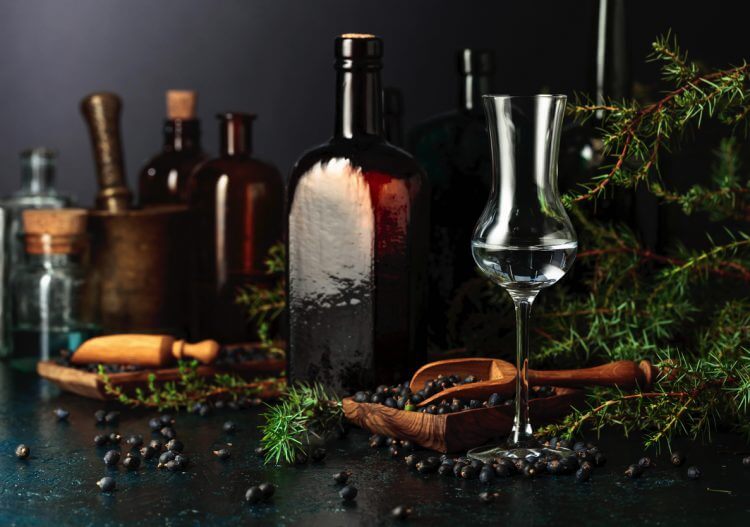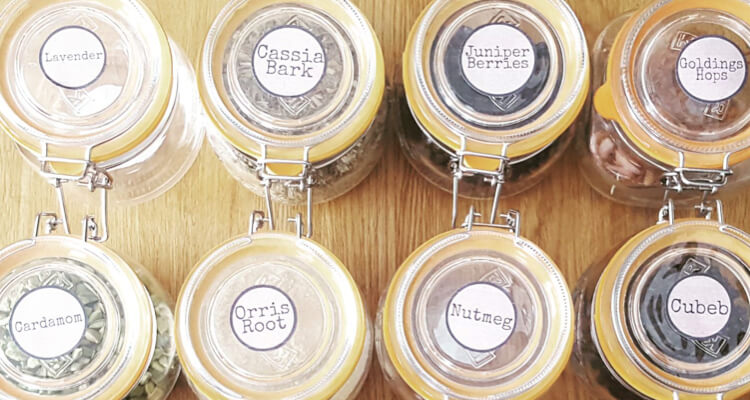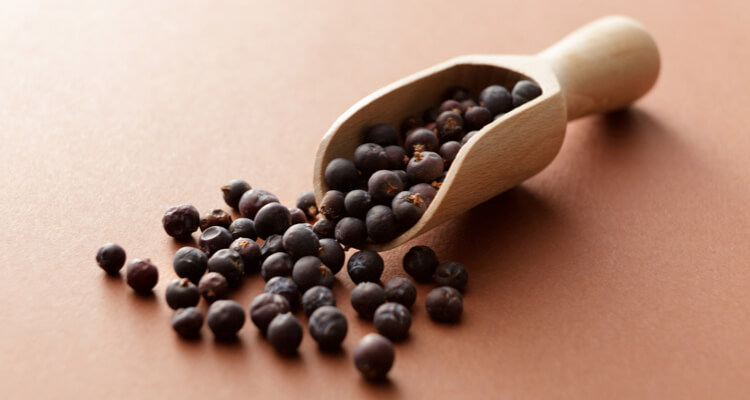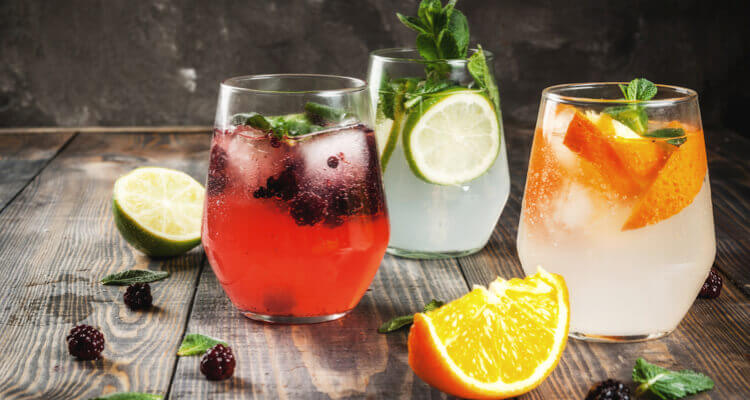
How Gin is Made – The Down in One Guide to Gin
Do you know how gin is made?
There you are, enjoying a nice Gin Martini of an evening…but have you ever asked yourself how gin is made? It’s the question we’re asking ourselves this week, as we delve into what has to be one of the world’s favourite and most versatile spirits.
What is gin?
To make it, you need to know what gin is. And gin is all about the juniper. Without that it’d just be a vodka. Way back in the 16th century, a Dutch chemist invented this juniper berry based alcohol for ‘medicinal’ purposes (isn’t that what they always say?). This is actually where the saying ‘Dutch courage’ comes from. Once the Brits got a taste of it, gin took off big time.
Lovin’ the London Dry Gin
Indeed, London Dry Gin is what most of you have in mind when you think of gin. This harks back to the days when illicit gin was being distilled all over London. In the 1700s, Gin Lane in the capital was the epicentre of gin production. And what you have to bear in mind is that, at the time, gin was cheaper and safer than London’s drinking water.
The days of the dodgy gin joints may be over, but London Dry Gin is still the world’s most popular gin. According to the Wine & Spirits Trade Association (WTSA), Brits spend a total of £2.2 billion on gin. Popular brands like Beefeater and Bombay Sapphire lead the market, but do you know how gins are made and what they’re made with?
The ingredients used to make the three different types of gin
The first thing to establish is which gin we’re talking about. In essence there’s Gin, Distilled Gin and London Dry Gin. And it’s not just us saying that. Since 2008, gin has come under the EU Spirit Drink Regulations. If you care to turn to section 39/37, you’ll find what officially constitutes gin.
Cutting through the waffle for you, here’s what we found…
To be gin it needs to:
– Be made using ethyl alcohol of agriculture origin, with juniper berries
– The minimum alcohol content is 37,5% abc
– Only natural or nature-identical flavours can be used and the predominant taste must be juniper
To have a distilled gin, as well as all of the above, you need to:
– Distill the gin (i.e. simply adding essences of flavours to ethyl alcohol is not distilled gin!)
To create London (Dry) Gin you’ll be:
– Only using ethyl alcohol of agricultural origin with a maximum methanol content of 5g per hectolitre
– Only using traditional re-distillation methods (which gives at least 70% alcohol)
– Only using natural botanicals, with a juniper taste predominant
– No more than 0,1gram of sugar per litre of final product can be added
– No flavourings or colourants
These rules explain why London dry gin is always clear. For those not in the know, Bombay Sapphire gin might look blue and Pink 47 might look pink, but it’s the colouring in the bottle, not the gin that creates that effect!
So now you know what you need to make your gin, what’s the method?
Of course, there are different ways to produce your gin according to what type of gin you want, but we’re going to concentrate on the most popular; London dry gin.
All about the botanicals

Your gin can be infused and flavoured with all sorts of aromatic delights – @Hardwickes Gin Emporium!
A lot of London gin is made with natural wheat spirit, using the traditional distilling method. The process starts with infusing natural ingredients (called collectively ‘botanicals’ in gin production) for a number of hours.
Some distillers prefer a mix of four botanicals, other prefer 10, but in either case juniper berries must be one of them. Juniper could be infused alongside aromatic ingredients such as orange peel, cassia bark, angelica root, cinnamon bark, coriander seed, orris root, nutmeg, lemon peel or liquorice root.
Hardwicke’s Gin Emporium knows all about blending flavours to create delicious gins – and you can learn more about it too on a gin blending workshop experience!
Get condensing
Then, you have to heat up your mix, gently. Traditionalists use a copper still for this. As vapours start to rise, this is when the condensing happens and where the vapours are then cooled down into liquid.
Once the spirit is down to bottling strength (remember, that’s the minimum 37,5% abv we talked about to officially be gin). It’s then bottled, a label is added and it’s ready to be tasted by the gin-loving nation.
And that, dear readers, is how gin is made!


